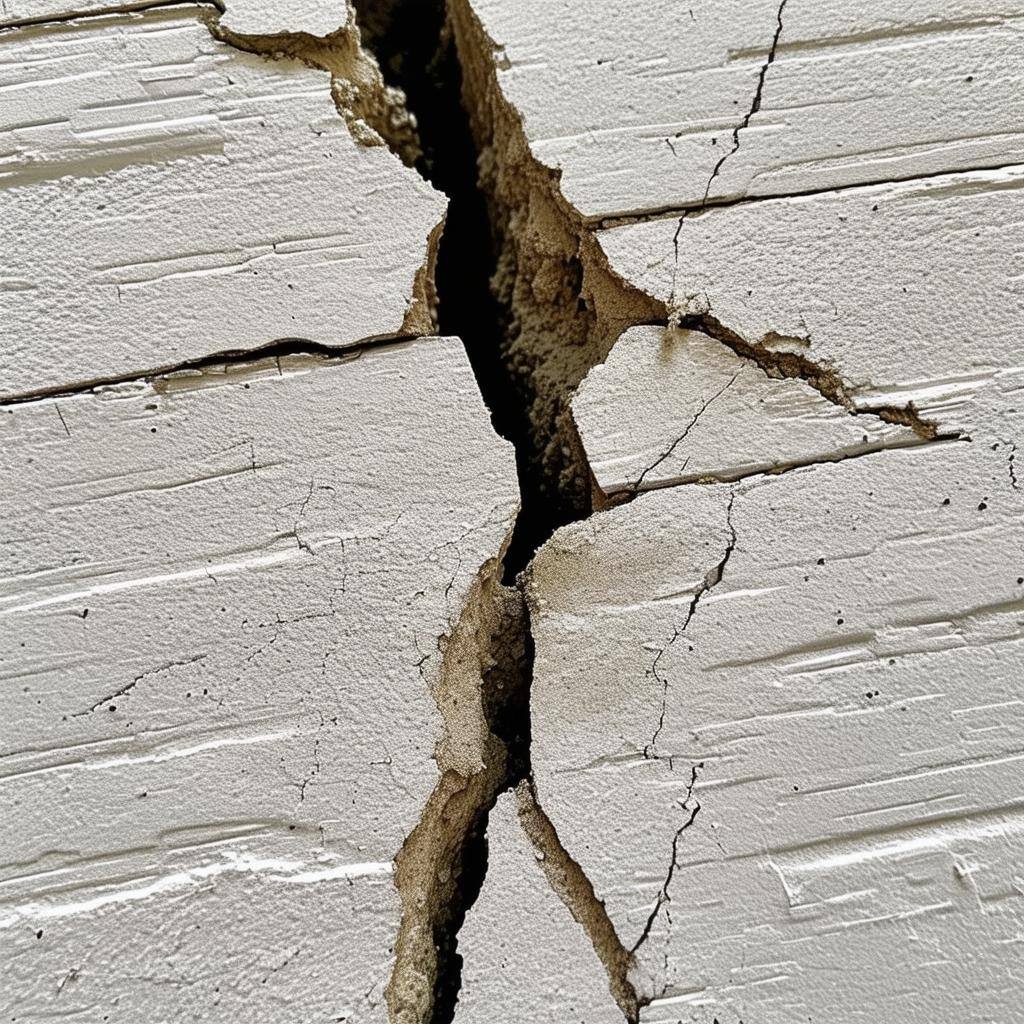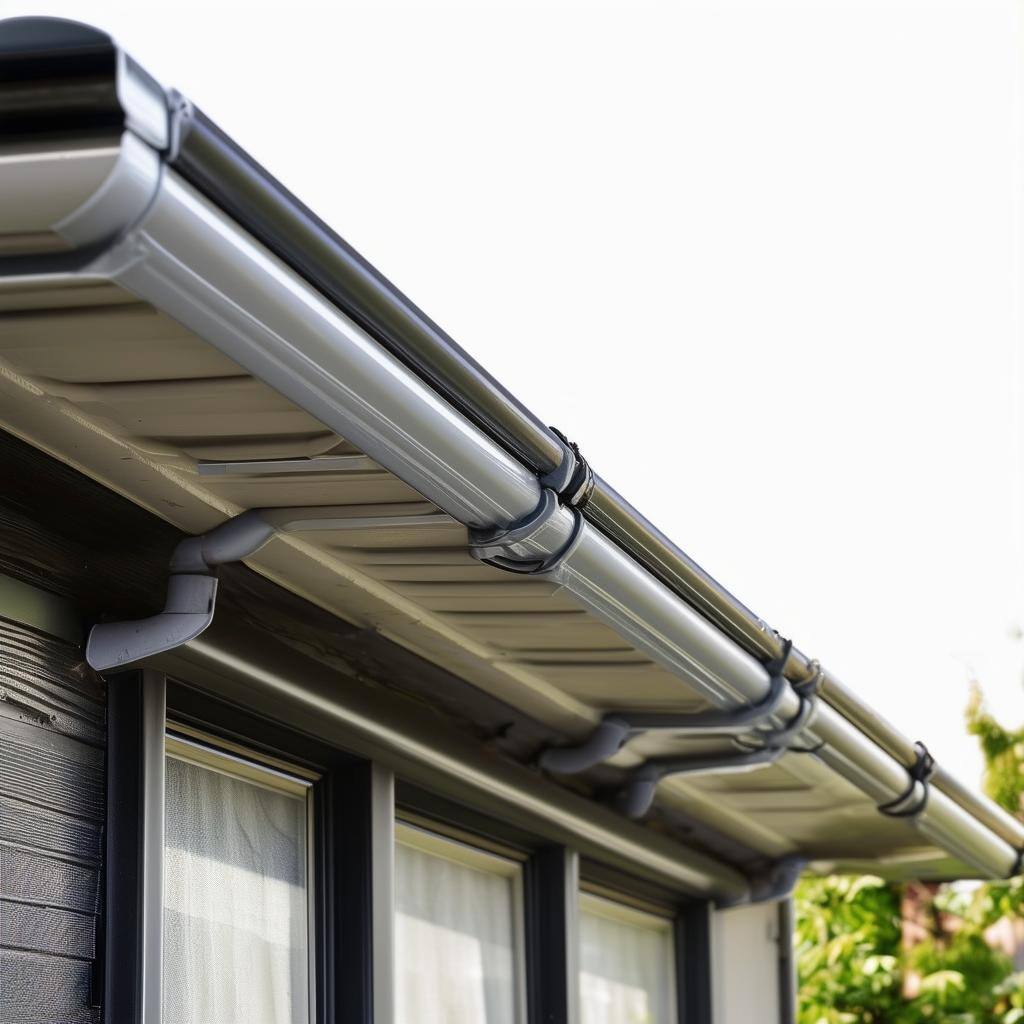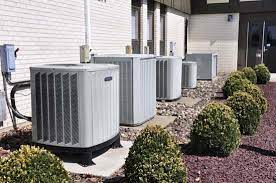Damage Remediation Guide
Home Damage Remediation: A Comprehensive Guide to Recovery and Restoration
Home damage can occur due to various factors, including natural disasters, plumbing failures, mold growth, and accidental fires. When such incidents happen, timely and effective remediation is crucial to minimize damage, protect health, and restore your home to its original condition. This guide will explore the common types of home damage, the remediation process, and tips for homeowners facing these challenges.
Learn More Below for Types of Damage, Remediation Process, Tips & More!
Common Types of Home Damage
1. Water Damage
Water damage can result from plumbing leaks, heavy rainfall, or flooding. Common signs include water stains, mold growth, and warped floors or walls. Left untreated, water damage can lead to structural issues and health risks due to mold.
2. Fire Damage
Fires can cause extensive damage, not just through flames but also through smoke and soot. Fire damage often requires specialized cleaning and restoration services to address both visible and hidden effects.
3. Mold Damage
Mold thrives in damp, poorly ventilated areas. It can grow rapidly after water damage and poses serious health risks, including respiratory issues. Remediation involves removing mold and addressing the moisture source.
4. Storm Damage
Severe weather events, such as hurricanes, tornadoes, or hail storms, can cause roof damage, broken windows, and flooding. Repairing storm damage often requires immediate attention to prevent further issues.
5. Structural Damage
This can include issues like foundation cracks, settling, or damage from pests. Structural damage requires thorough inspection and remediation by professionals to ensure safety.
The Remediation Process
1. Assessment and Inspection
The first step in remediation is to assess the extent of the damage. Professionals will inspect affected areas, identify the cause, and develop a plan for restoration. This often involves moisture mapping and identifying structural integrity.
2. Safety Precautions
Before starting any remediation work, safety is paramount. This may include shutting off utilities, wearing protective gear, and ensuring adequate ventilation, especially in cases of mold or chemical exposure.
3. Water Extraction and Drying
In cases of water damage, extraction is crucial. Professionals use pumps and vacuums to remove standing water. After extraction, dehumidifiers and fans are deployed to dry out the area and prevent mold growth.
4. Mold Remediation
For mold issues, the area must be contained to prevent spores from spreading. Professionals will remove contaminated materials, clean surfaces with specialized solutions, and address the moisture source to prevent future growth.
5. Cleaning and Restoration
After addressing the primary damage, cleaning is essential. This may involve deep cleaning carpets, furniture, and personal belongings. Restoration may include repairs to drywall, flooring, and structural elements, as well as repainting and refinishing surfaces.
6. Final Inspection and Prevention
Once remediation is complete, a final inspection ensures that the home is safe and restored. Homeowners should also implement preventive measures, such as improving drainage, maintaining gutters, and monitoring humidity levels to mitigate future damage risks.
Tips for Homeowners Facing Damage
1. Act Quickly
The faster you address home damage, the less severe the consequences will be. For water damage, this means acting within 24-48 hours to prevent mold growth.
2. Document Everything
Take photos and keep records of the damage for insurance claims. Detailed documentation can expedite the claims process and ensure you receive appropriate compensation.
3. Know When to Call Professionals
While DIY solutions can work for minor issues, significant damage often requires professional expertise. Don’t hesitate to contact remediation specialists for water, fire, or mold damage.
4. Communicate with Your Insurance Company
Report damage to your insurance provider as soon as possible. Understand your policy coverage to know what types of damage are included and what documentation you’ll need to provide.
5. Prioritize Health and Safety
If you suspect mold or extensive damage, prioritize health and safety. Avoid exposure to hazardous materials and seek professional help if needed.
Summary
Home damage remediation is a critical process that can restore your living space and protect your health and safety. By understanding the types of damage, the remediation process, and effective strategies for recovery, homeowners can navigate these challenging situations with confidence. Whether facing water damage, fire damage, mold growth, or structural issues, timely action and professional assistance can make all the difference in restoring your home to its former glory.
Why don't homes come with a user manual?
We don't know, either. But we're here to help.
See how, below...from tackling the maintenance tasks you can’t stand or always forget, to getting proactive with your maintenance, to sending out contractor referrals we actually know & trust!
You May Also Like
These Related Stories

Home Foundation Guide

Gutters Guide
